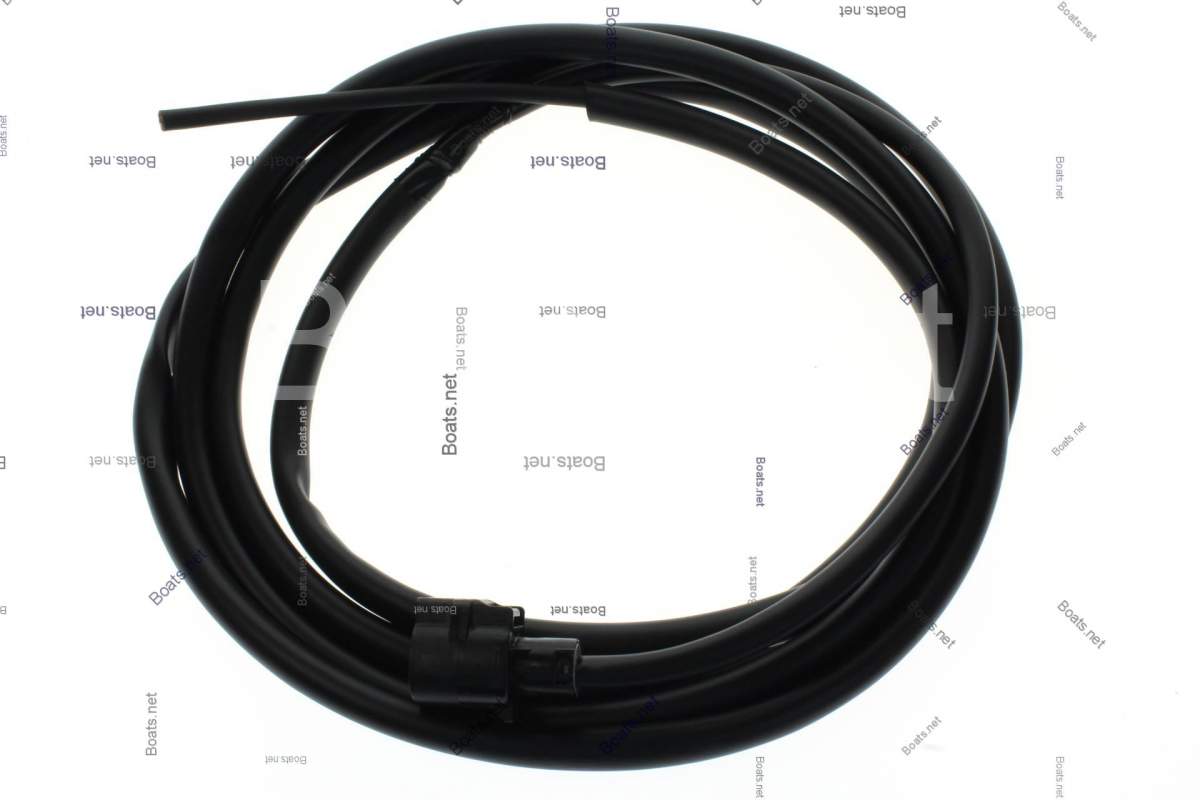I know, I know, I should get a degree in electrical engineering. Maybe Seasick will start an online Masterclass, and I can sign up ...
My house battery was relocated by a previous owner. It now sits under the aft cabin. It powers my DC electronics (helm, cabin, etc.). It does NOT get recharged by either of the two outboards, and I would like to try to fix that. Could anyone send a link, or recommend a book, that would guide me in what's needed?
If it helps, I do still have a wire that runs from my DC panel to the stern. Before finding the relocated/hidden house battery, my electronics were running off of the starboard starter.
My house battery was relocated by a previous owner. It now sits under the aft cabin. It powers my DC electronics (helm, cabin, etc.). It does NOT get recharged by either of the two outboards, and I would like to try to fix that. Could anyone send a link, or recommend a book, that would guide me in what's needed?
If it helps, I do still have a wire that runs from my DC panel to the stern. Before finding the relocated/hidden house battery, my electronics were running off of the starboard starter.




